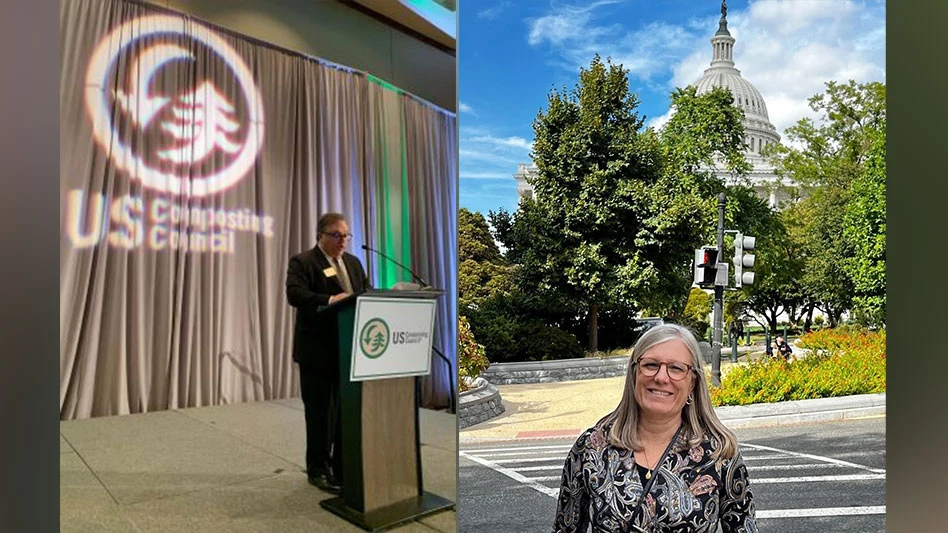
Photo courtesy of the Material Innovation Center
Since adopting a deconstruction ordinance two years ago, San Antonio has received 25,000 pounds of construction and demolition (C&D) materials at its Material Innovation Center (MIC) for reuse in other construction projects.
The city approved a change in October 2022 requiring older, historic buildings to be deconstructed rather than demolished to allow for the repurposing of materials. The city currently uses materials in projects and works with the University of Texas at San Antonio (UTSA) architecture students to find new ways to use them.
Sharon Miller, director of the Office of Historic Preservation, oversees the Deconstruction and Circular Economy Program.
In previous Construction & Demolition Recycling coverage, Miller shared that deconstruction drastically reduces the amount of C&D waste that goes to landfills while maximizing salvage for reuse and advancing the city’s climate action, public health, affordable housing, cultural heritage and workforce development goals.
The MIC is a city initiative run on a limited budget by a dedicated group of city employees. The city rents warehouse space for the program at no cost in the Bungalows at Port San Antonio, a historic colony originally constructed to house military officers. Now, the bungalows and attached garage structures serve as storage space for reclaimed materials and a home for workshops, hands-on training courses and a community tool library. Donated materials are organized by type into different garage bays.
“Historic buildings were built with very high-quality wood, old growth. So, a lot of the framing materials—even doors, windows, other types … of wood—that type of material can go into other historic homes,” Miller tells KSAT. “That’s really about reuse and reimagining and doing as much as we can with the material before it ends its life. And that helps us reduce, as a community, our dependence on new material and also helps us manage what’s going into the waste stream.”
Although the material is not yet for general public use, the goal is to get the community to begin exploring ways to reduce, reuse and recycle construction material.
Latest from Waste Today
- NWRA commentary: Comprehensive immigration reform could be legacy defining moment for the second Trump administration
- EPA takes steps to require MSW incinerators to report toxic chemical emissions
- Food waste composting system coming to Canadian province next year
- Updated: CAA submits final draft program plan in Oregon
- Enviri names new president of Harsco Environmental business
- Bureau of Labor: Fatality rate increased for waste collection in 2023
- Atlanta awarded $3.2M to support electric vehicle fleet transition
- McNeilus to spotlight collection innovation at CES 2025





